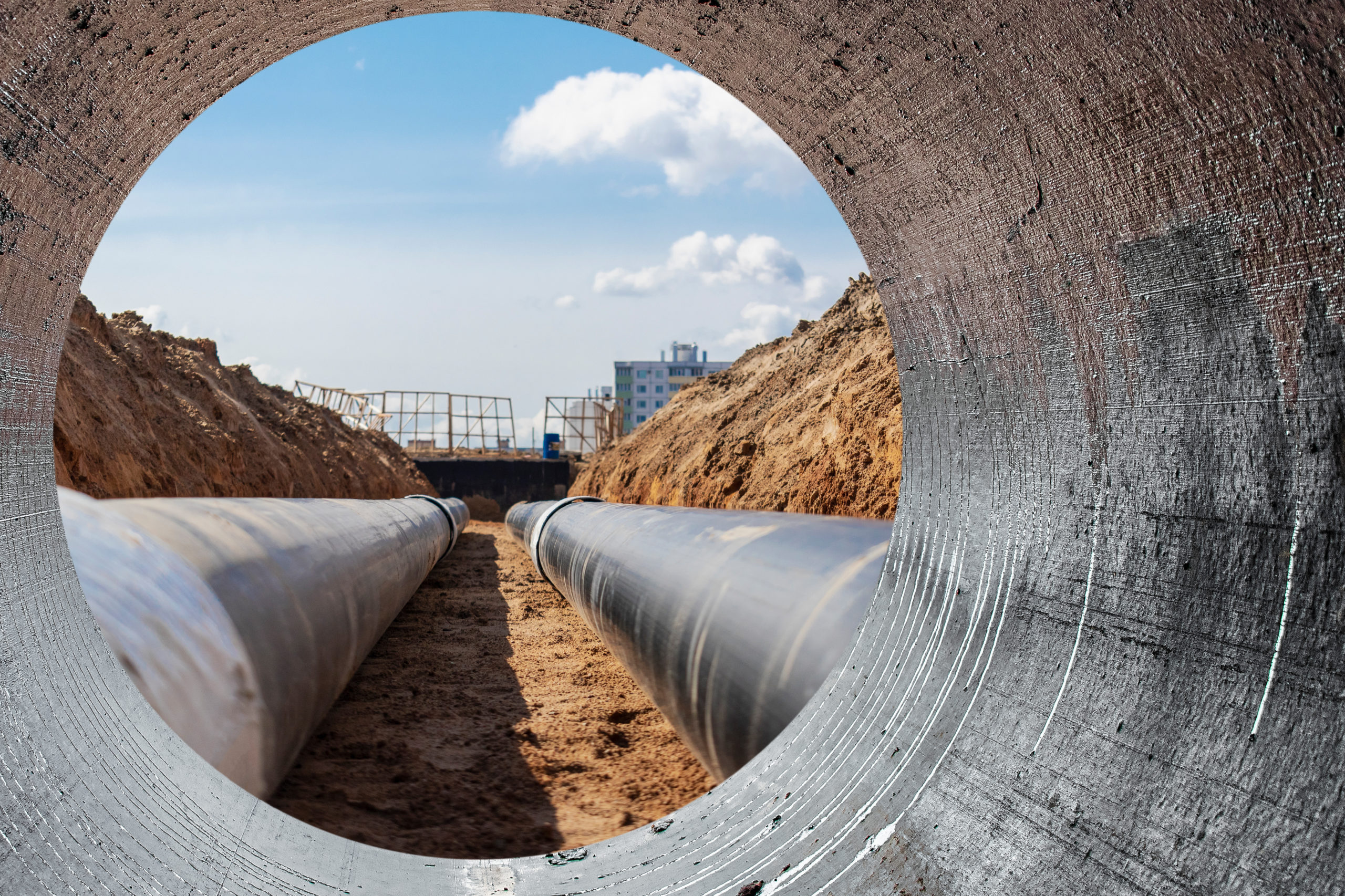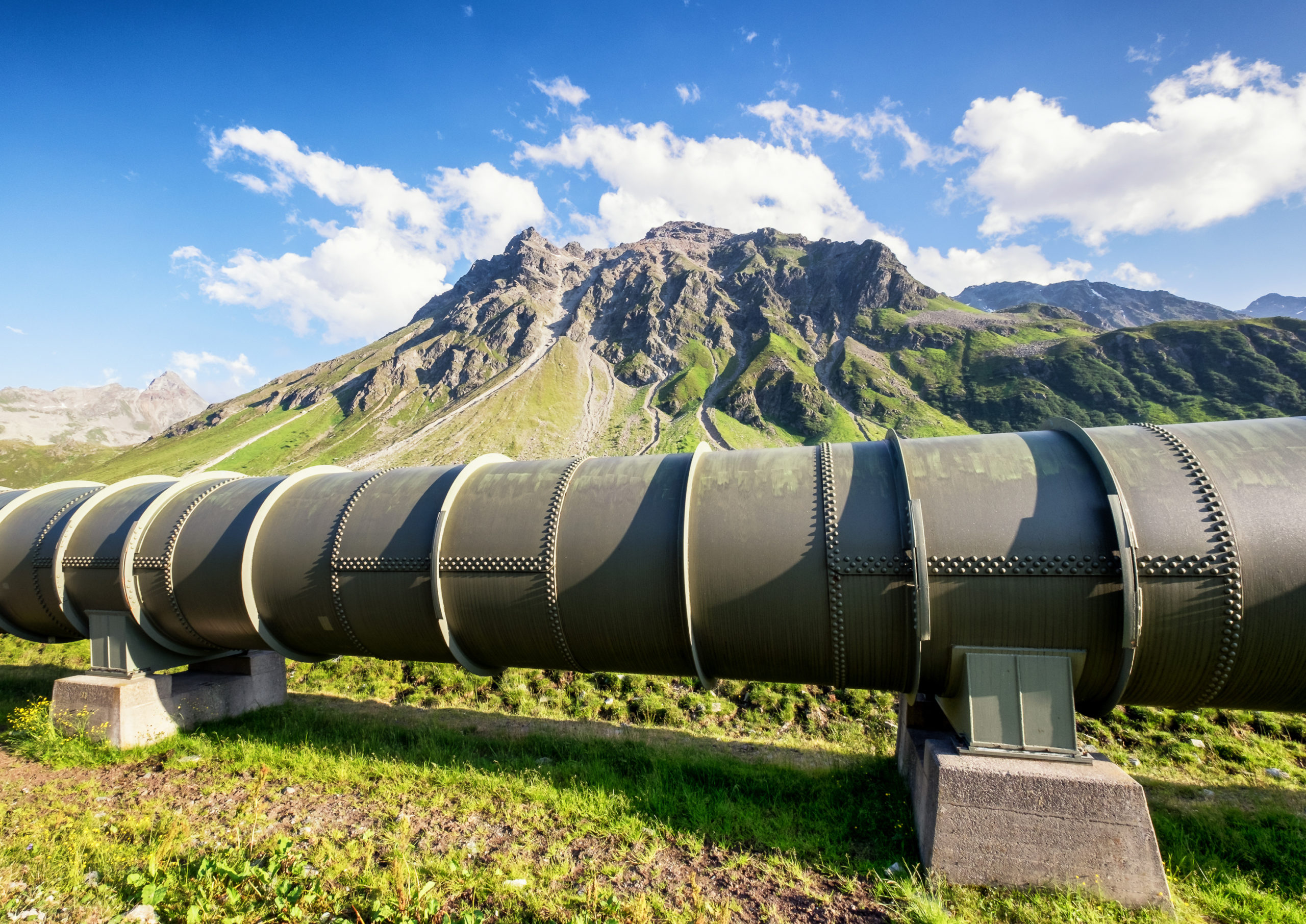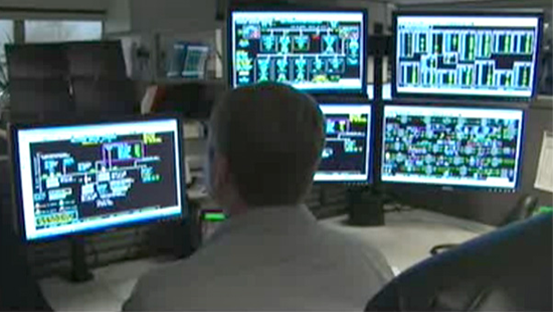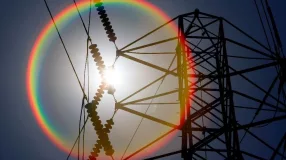On June 26, 2019, INGAA and the INGAA Foundation hosted a Natural Gas Pipeline Technology Showcase on Capitol Hill, educating lawmakers, federal agencies and their staff members on the different types of inspection tools used to inspect interstate natural gas transmission pipelines. Four service providers displayed their in-line inspection tools, also known as “smart pigs,” demonstrating their features and sharing examples of the data they collect. We spoke to a representative from each company to learn more about the technologies they deploy to keep our natural gas infrastructure safe.
– – – – –
Company name: Baker Hughes, a GE Company (BHGE)
HQ location: Cramlington, UK and Houston, TX (Process & Pipeline Services division)
Q&A with Jeff Sutherland, Products Portfolio Leader,
BHGE’s commitment to the safety, integrity and operating efficiency of your assets is at the center of what we do. The unique Process & Pipeline Services (PPS) portfolio of services helps you confidently manage the lifecycle of your asset: delivering timely and stress free start up, supporting day to day reliability and controlled decommissioning. Combining our powerful engineering capabilities and experience with a strong service footprint brings peace of mind to even the most complex challenges. We partner with you to deliver technology, solutions and expertise for smarter ways of working. The mutual goal – safe operations, asset integrity and enhanced profitability.
Q: What is the name of the tool you presented at the event, and how does it work?
A: The in-line inspection (ILI) tool showcased was the 6” MagneScan, also known as MFL4, which is a combination inspection technology system for pipelines available for 6- to 42-inch diameter lines. The primary technology is Magnetic Flux Leakage (MFL), which introduces magnetic fields into the pipe (steel) wall and then measures the resulting magnetic field. Any atypical features in the pipe wall, including corrosion, dents and damage, cause the magnetic field to “leak” out of the pipe wall and are measured by the tool’s sensors. The tool also contains caliper sensors for pipe geometry measurement, as for pipe roundness and deformation, as well as an inertial measurement unit (IMU) which records the tool’s movement as it travels through the line. The key deliverable is data on the condition of the line – the data recorded by the tool is analyzed and results provided to pipeline operators for their integrity management programs.
Q: What makes this tool effective? Is it unique in the technology it uses?
A: Although the MFL magnetic technology has been used in pipeline inspection for several decades, the latest system was designed to maximize the benefits of data accuracy for pipeline integrity programs. In addition, it is reliable, robust and accessible for the most challenging physical conditions that installed pipelines may have, such as diameter, wall thickness, product, pipe access points, pipe segment inspection lengths, fittings and bend geometries.
The system was designed to address the most detailed pipeline integrity requirements and engineering standard calculations by delivering accuracy and reliability in its measurements. The MFL system provides industry-leading accuracies for corrosion and mechanical damage characterization but is unique in that it also provides industry leading specifications through use of TriAxial MFL (three field measurements) – all captured in a small, highly robust tool. The geometry caliper measurements were intentionally set to provide reliable and consistent data into strain and dent engineering assessment calculations. The IMU mapping was designed to provide insights for geophysical condition of the pipeline as well as full centerline location that can be used in geographic information systems. It can be used even in general-use website maps such as Google Maps.
Q: What do you think is most surprising about this technology – or pipeline safety efforts in general – to those outside the natural gas pipeline industry?
A: The resolution of data and features that can be detected by the inspection technologies is usually what surprises people outside the industry – particularly in the context of what hundreds of miles of inspection equates to in ‘analysis practice’. We use medical imaging as an analogy to guide public awareness, including the use of ultrasonic techniques to “inspect” the body, like an MRI scan. But where a human may be six feet tall and not moving, a typical 100-mile pipeline is 525,000 feet long, and ILI technologies reliably operate every day in operating pipelines, travelling at 7 mph while gathering hundreds of gigabytes of data. The technology can successfully identify features in the pipeline that are less than ¼” inch in size, 1/10 of an inch deep and locating them to an accuracy of five fee within that 100-mile span. Think of this like taking 12 full length high-definition movies and examining every pixel of every frame!
It’s also interesting for the public to see how detailed and extensive the efforts and data sources are that contribute to ongoing pipeline and public safety while delivering reliable and consistent energy to American public, industry and economy every day.
Q: In addition to the tools and technologies themselves, what other safety and integrity measures does BHGE take to protect the industry’s critical infrastructure?
A: Within pipeline asset integrity and pipeline safety risk planning, BHGE provides a variety of post-inspection services to aid operators in assessment and planning within their integrity management programs. Such integrity support can range from direct support for excavations and flaw characterization to full-system risk planning and system implementation. BHGE also provides a broader set of support services, used in pipeline maintenance activities for pipelines and used in gas plants and refineries in overhaul periods. We manufacture a variety of sensing, metering and control systems that are used extensively in pipeline operations and control rooms to assist with remote operations.
Our teams are also actively involved in industry research and advancement of engineering standards that address public safety, which are being considered for adoption into legislation.
Q: Is there anything you’d like to add?
A: We deliver ILI and integrity services globally. While we showcased our MagneScan technology at this event, we have developed leading inspection platforms such as Electro Magnetic Acoustic Transducer (EMAT) for crack inspection of gas pipelines, advanced Ultrasonics for oil pipelines, AXISS technologies for strain measurement as well as our dedicated MFL fleets.
Since BHGE’s formation, we have adopted a “Fullstream” approach to meeting industry challenges, where upstream (drilling and production), midstream (refining and transport) and downstream distribution needs are addressed both as producing critical equipment (meters, valves, pumps, compressors, motors, control systems) and as full oilfield and pipeline infield service capabilities.







